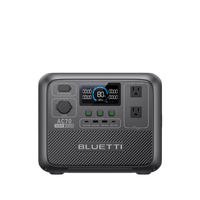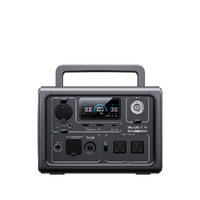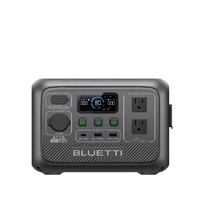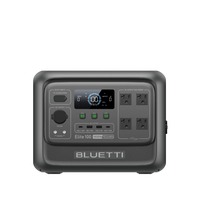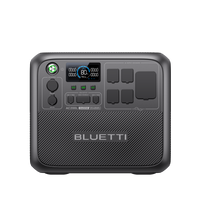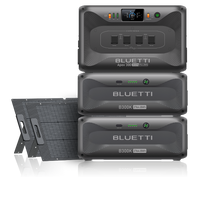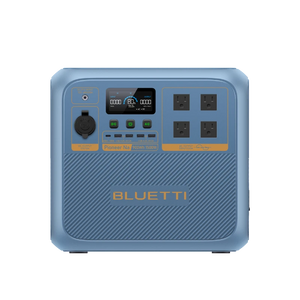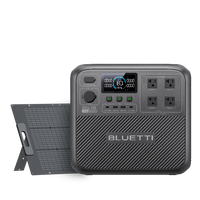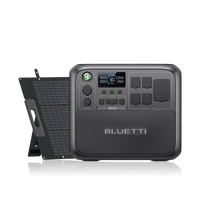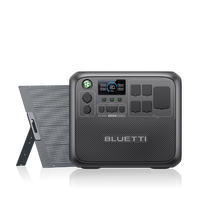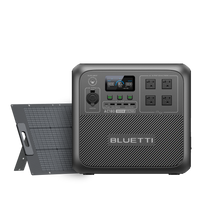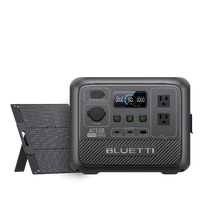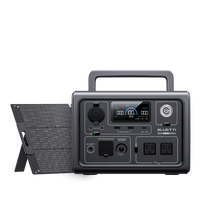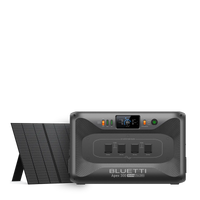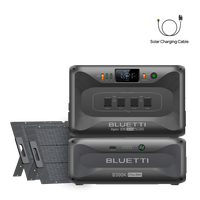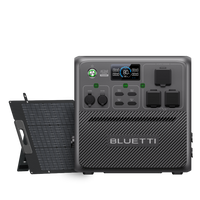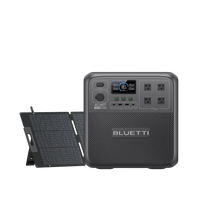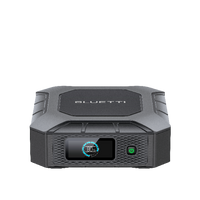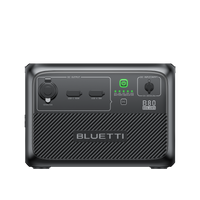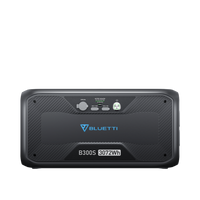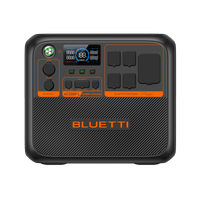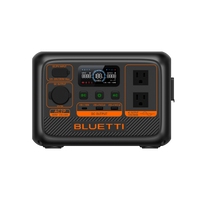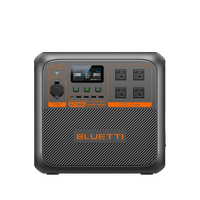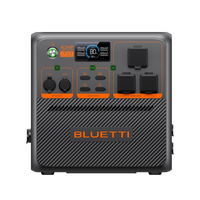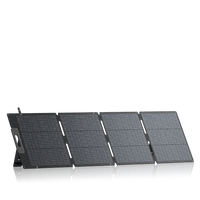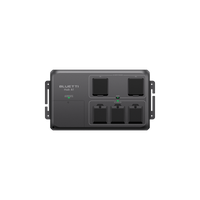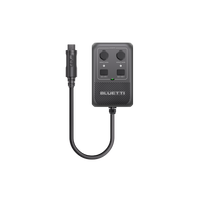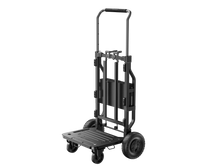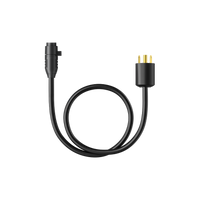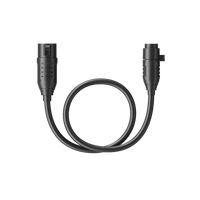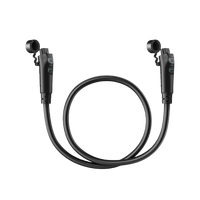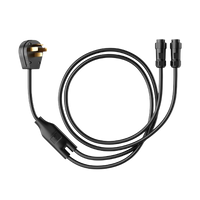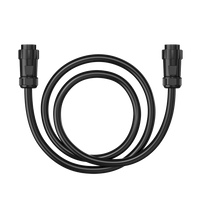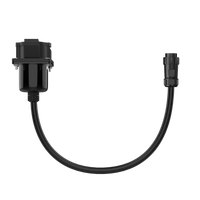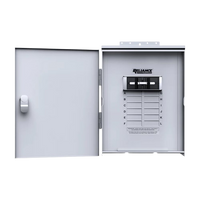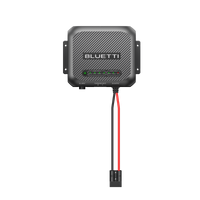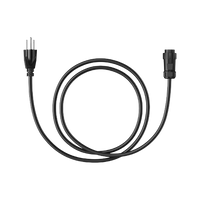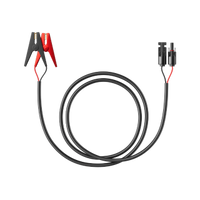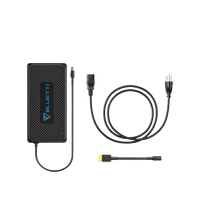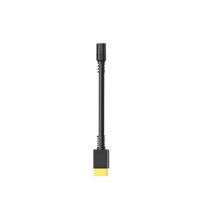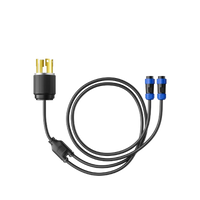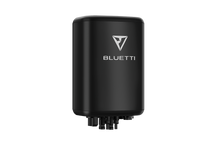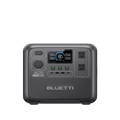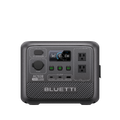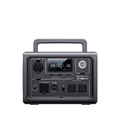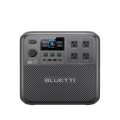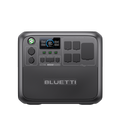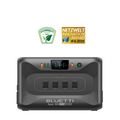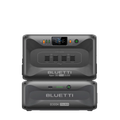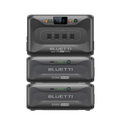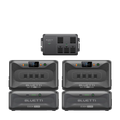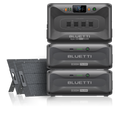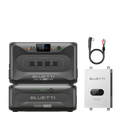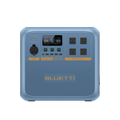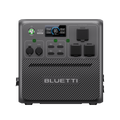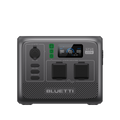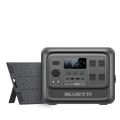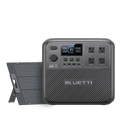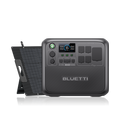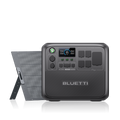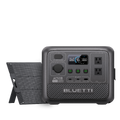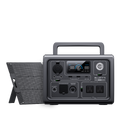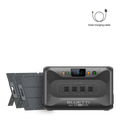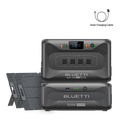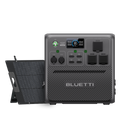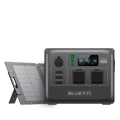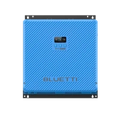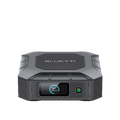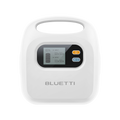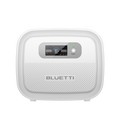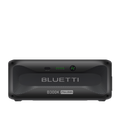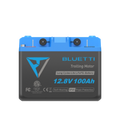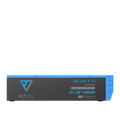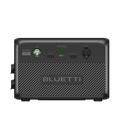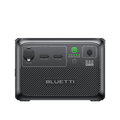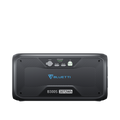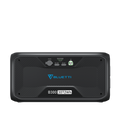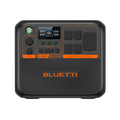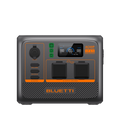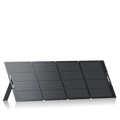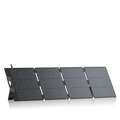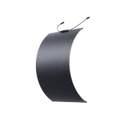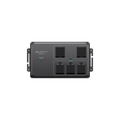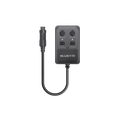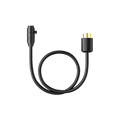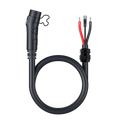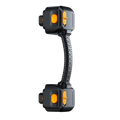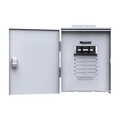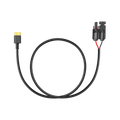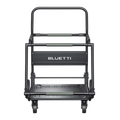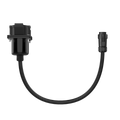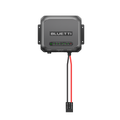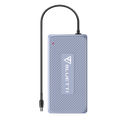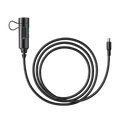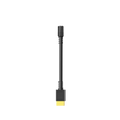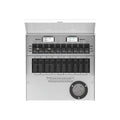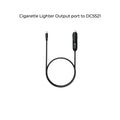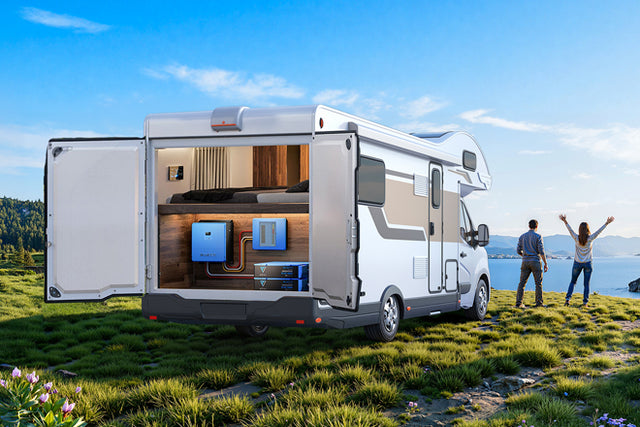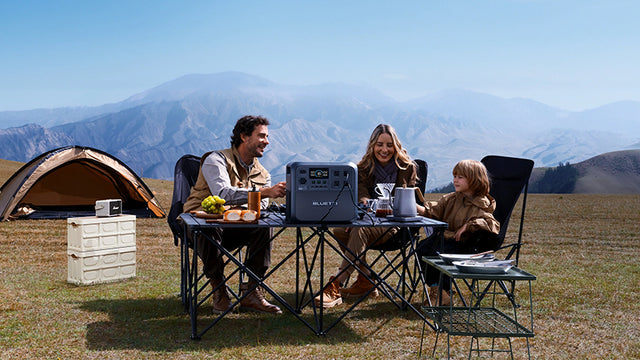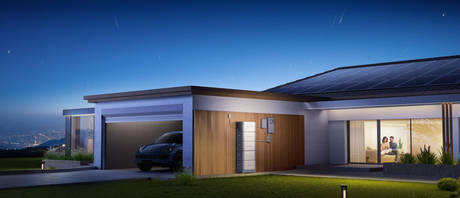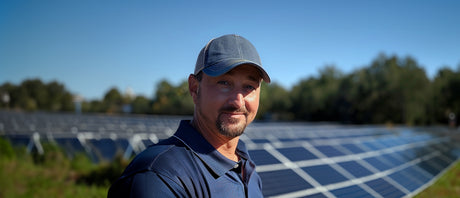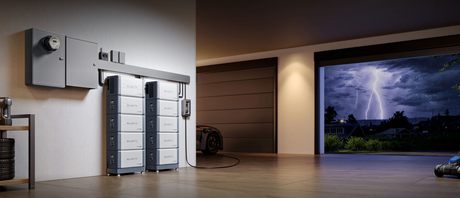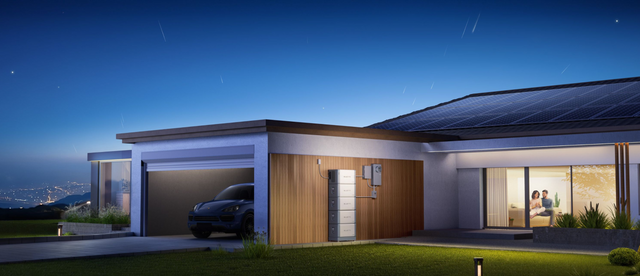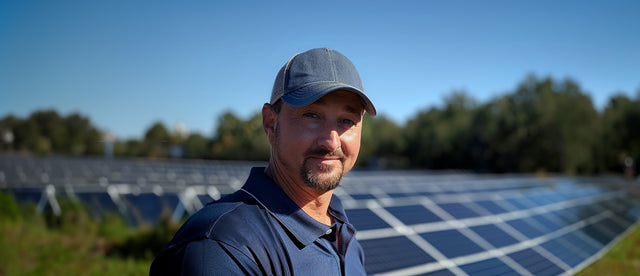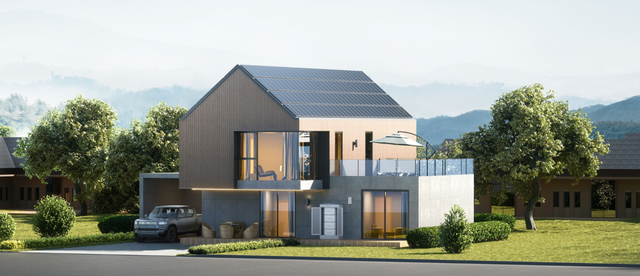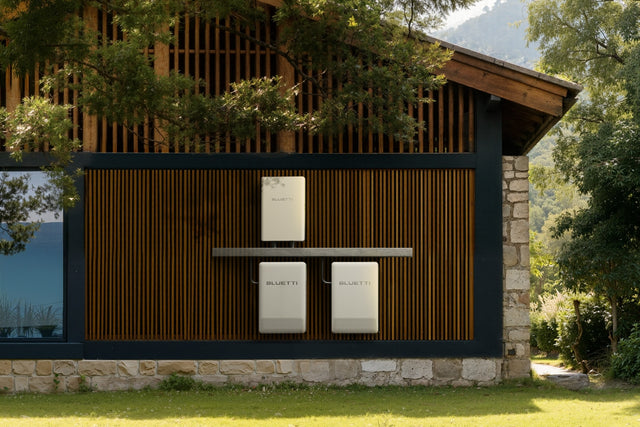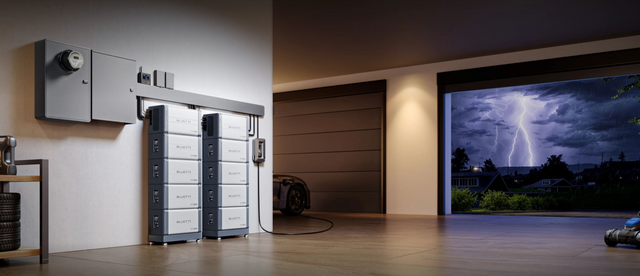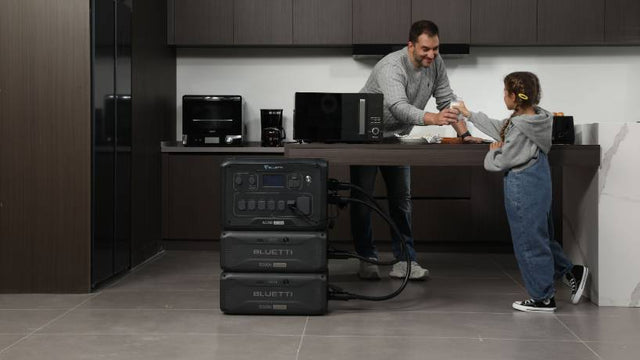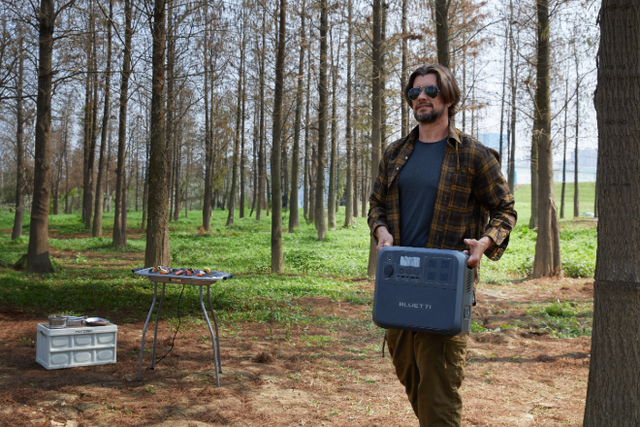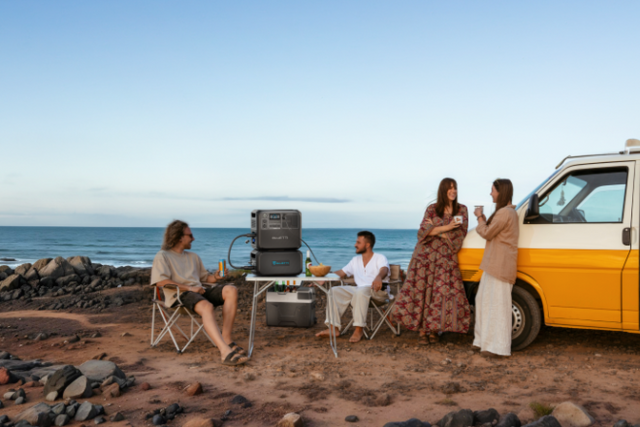Your cart is empty
Shop our productsNowadays, the world is increasingly turning to renewable energy sources to reduce carbon emissions and the global warming effect. Solar energy is one of the most common renewable energy sources. Using photovoltaic cells that convert sunlight directly into electricity, solar becomes a popular choice for households and small businesses. Solar energy is popular because it offers independence from traditional electricity, reduces utility bills, and allows excess electricity to feed back to the grid, earning credits through net metering. However, this renewable energy source has disadvantages as well. This article offers a comprehensive guide to the advantages and disadvantages of solar panels on roofs, so you can decide whether installing rooftop solar panels is right for you.
Pros of Rooftop Solar Panels
Installing solar panels on rooftops offers many advantages.
Reduction in energy costs
Solar panels generate electricity that can replace grid power, lowering utility bills. In this case, if solar panels produce excess electricity, it feeds back to the grid, earning credits through net metering.
Reduce carbon footprint
The rooftop solar panels produce electricity using the sunlight directly, which means no use of fossil fuels, so no carbon dioxide or greenhouse gas emissions during operation. This reduction in carbon emissions leads to reduced pollution and has a positive impact on the environment.
Increase in home value
Homes with rooftop solar panels typically sell for higher prices than those without, making them a valuable investment. It means rooftop solar panels are not just a source of electricity but also an investment.
Efficient use of unused roof space
As the rooftop solar panels are installed on the roofs of the buildings, this means saving the agricultural land or valuable yard space. That is why rooftop solar panels are a very attractive choice in urban areas.

Access to government incentives
Many governments use financial incentives to promote the use of solar energy. These include low-interest loans, rebates, and federal or state tax credits. In the U.S., the federal Investment Tax Credit provides 30% back on installation costs through 2026. Combined with state and local incentives, total savings can reach 30–50% in some areas, making solar more accessible to households.
Enhanced Energy Independence
Pairing panels with battery storage, such as a system like the BLUETTI Apex 300, allows you to store excess solar energy for use during blackouts or high-demand periods, potentially eliminating utility bills entirely in off-grid scenarios.
Long lifespan and minimal maintenance
These solar panels can easily last for 25-30 years and require minimal maintenance, such as occasional cleaning. Some companies offer guarantees as well, so highly reliable renewable energy systems.
Cons of Rooftop Solar Panels
There are also some disadvantages of installing solar panels on your rooftop. Below, we will discuss these in detail.
High upfront investment
The major drawback of rooftop solar panels is their initial cost. It can cost thousands of dollars to purchase solar panels, inverters, and have them installed on the roof. The initial costs may be a barrier for many families to buy solar panels.
Roof compatibility issues
Solar panels require a compatible roof for installation. Older roofs, wooden roofs, or roofs with insufficient slope may pose installation challenges. Roof orientation is critical for the rooftop solar panels.
Added structural load
The rooftop solar panels have a substantial load, which can be an issue for weak roofs. These solar panels add load to the roof, so some reinforcement may be needed.
Potential roof damage
To install the rooftop solar panels, drilling is required on the roof. Drilling for installation can weaken the roof or cause leaks if not done properly.
Visual or aesthetic concerns
Some homeowners are concerned that panels might make their property look less appealing. Even though contemporary panels are more streamlined than their older models, issues still exist, particularly in communities where homeowners' associations (HOAs) are in charge. Thankfully, laws prohibit homeowners' associations from completely prohibiting solar installations in many U.S. states.
Installation Considerations
The orientation of rooftop solar panels matters a lot if you need higher efficiency. These are a few factors that need to be considered when installing the solar panels.
Requirement of 4–6 hours of direct sunlight daily
It is a geographical factor that must be considered when installing rooftop solar panels. The area should be where 4-6 hours of sunlight reach the solar panels. They'll still generate electricity in lower-light conditions but with reduced output. In areas with frequent rain or limited sunlight, solar panels may produce less electricity, reducing their effectiveness.
Avoiding shade from trees, chimneys, or nearby buildings
When you install rooftop solar panels, make sure no trees, chimneys, or nearby buildings hinder the sunlight from reaching the solar panels. Any shadow over the panels will result in reduced production of electricity.
Professional inspection of the roof condition is needed
Solar panels add weight to the roof and require drilling for installation, so a professional roof inspection is essential to ensure structural integrity. Older or weaker structures may get damaged due to drilling.
Possible rise in homeowner insurance premiums
Insurance premiums may increase slightly to cover the added value of the solar system, typically $50–$200 per year. For renters, landlords must approve installation and may adjust rent accordingly.
Challenges in carrying out roof repairs
As the rooftop solar systems are installed through drilling and cover some areas as well, depending on the number of solar panels, you may face challenges in repairing roofs afterwards. It is better to inspect before the installation.
Maintenance and Long-Term Effects
This section discusses the concern regarding the maintenance-related concept of rooftop solar panels.
Rooftop solar panels are solid-state devices and don't have any moving parts. Unlike machines with moving parts that require frequent maintenance due to wear and tear, solar panels are solid-state devices needing only occasional cleaning.
If the installation is not done carefully, it can increase the chances of accelerating the roof wear.
Generally, rain cleans the rooftop solar panels. But in dusty or dry areas, when it does not rain, dirt or debris can accumulate over and around the panels. So, in dusty or dry areas, panels may need cleaning 2–4 times per year. Seasonal cleaning is typically sufficient for most locations.
If the roof beneath the panels becomes damaged or leaks, repairs can be challenging due to the panels' placement.
A solar charge controller, such as the BLUETTI SolarX 4K with MPPT technology, is essential for efficiently converting and regulating panel output, especially in variable sunlight. It pairs well with batteries to prevent overcharging and maximize harvest, relating directly to efficiency pros while mitigating weather-dependent cons.
Alternatives to Rooftop Solar Panels
In the case of weaker rooftops, the alternative to rooftop solar panels can be used. Some of the alternatives are discussed in this section.
Generally, rooftop solar panels can be installed on the roof as well as on the ground, but it depends on where the maximum sunlight reaches. If your property has unshaded land, ground-mounted solar panels are an alternative to rooftop systems.
In the case of shaded rooftops or rented homes, solar energy can be used by buying or subscribing to a portion of the solar array of the community solar programs. Net metering policies vary by location. In areas with 1:1 net metering, excess solar electricity is credited at retail rates. Other areas use wholesale rates or have caps on system size and credits. Through net metering, the produced electricity is credited to the utility bills.
While basic grid-tied rooftop solar systems rely on the utility grid for storage and backup, adding components like solar charge controllers and battery storage can enhance reliability. For instance, a charge controller optimizes energy harvest from panels, while battery systems store excess power for use during outages or peak pricing hours, turning a simple setup into a more resilient hybrid system.
Pros and cons of these options compared with rooftop systems
Table 1: Comparison of rooftop systems with alternatives
|
System Type |
Pros |
Cons |
|
Rooftop Solar (Grid-Tied) |
Efficient use of unused roof space, raises home value, incentives |
High upfront cost, roof compatibility issues, no backup during outages |
|
Hybrid Rooftop (with Battery) |
All rooftop pros, plus outage protection, nighttime use, full energy independence |
Higher initial cost, requires compatible charge controller |
|
Ground-Mounted |
Easy maintenance, optimal tilt, high efficiency |
Needs land, costlier setup |
|
Community Solar |
No roof needed, renters benefit, shared costs |
Subscription fees, no property value gain |
|
Solar Shingles/Portable |
Aesthetic, flexible, renter-friendly |
Costlier per watt, lower efficiency, limited durability |
Factors to Consider Before Deciding
When deciding whether rooftop solar panels should be installed or not, some factors cannot be neglected. Such factors are briefly discussed in this section.
-
Assessing roof age, strength, and suitability
It is the most important factor whether the roof is capable enough or too old for the drilling and installation process. It is wise to inspect the condition of the roof before installing the rooftop solar panels.
-
Evaluating local sunlight availability and shading conditions
See around your roof; there shouldn't be any shadow over your roof, so that sunlight can directly reach the solar panels. Also, check the number of hours of sunlight in the respective area. If the sunlight hours are just 2-3, then solar panels will not be a good choice.
-
Calculating upfront costs
You should have an idea of upfront costs before buying and installing the rooftop solar panels.
-
Consulting certified solar professionals
Consult with a certified solar professional before buying and installing the rooftop solar system for better efficiency and a smooth installation process. The professionals guide people related to technical and structural concerns that common people do not know.
Recommended Enhancements for Your Rooftop System
To overcome cons like grid dependence and maximize pros such as cost savings, consider integrating a charge controller and battery storage. For example, in regions with unreliable grids, these additions can make solar a true all-weather solution. Solar panels work more effectively when the supporting products are of the best quality. If you're dealing with frequent outages or want to store solar energy for off-peak use, consider these compatible products:
SolarX 4K solar charge controller for efficient solar charging integration
BLUETTI SolarX 4K is designed using Maximum Power Point Tracking technology, due to which it can support 4,000W solar input. The following are the key features of this model:
-
Wide solar input voltage range: 150–500 V.
-
MPPT technology maximizes energy harvest from rooftop panels.
-
Isolated design: safer operation, prevents surges/grounding issues.
-
Compatible with Apex 300 and other BLUETTI storage systems.
To buy this essential product for your home, please visit the following link:
https://www.bluettipower.com/products/solarx-4k-solar-charge-controller
Apex 300 home backup power system for reliable energy support during outages
-
Works seamlessly with SolarX 4K for rooftop solar integration.
-
Stores captured solar energy for use at night or during outages.
-
Provides reliable backup power and reduces grid dependence.
-
Expandable with additional BLUETTI batteries (B300, B300K, etc.).
When BLUETTI SolarX 4K and Apex 300 are used together, the rooftop solar system becomes more reliable, efficient, and safe so that the users can fully use their solar energy seamlessly.
Click on the link below to purchase these systems for your home.
https://www.bluettipower.com/products/apex-300-home-battery-backup
Conclusion
Rooftop solar panels are a cost-effective source of renewable energy. These solar panels reduce utility bills and earn credits for the future if the extra electricity goes back to the grid station. Solar energy is helpful as a backup during harsh weather conditions or loadshedding. Despite the many advantages, solar panels also have some disadvantages, such as high upfront costs or extra load on the roofs. So, it is wise to consult with certified professionals of solar panels regarding technical and installation parameters before installation. To save your money and energy, weigh both pros and cons of rooftop solar panels for long-term success.
Shop products from this article
Be the First to Know
You May Also Like

What Is a Portable Power Station and How to Pick One?


